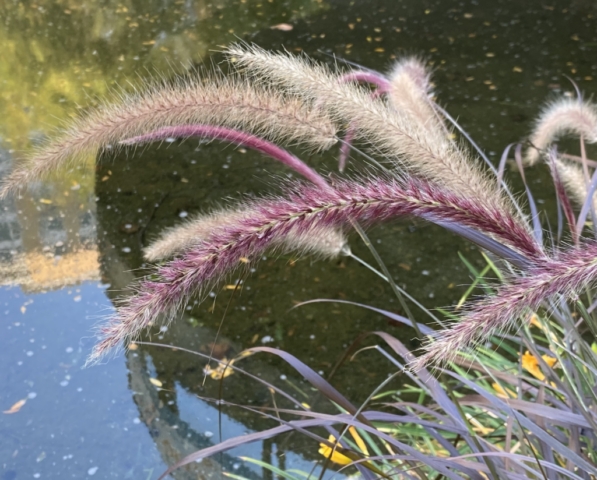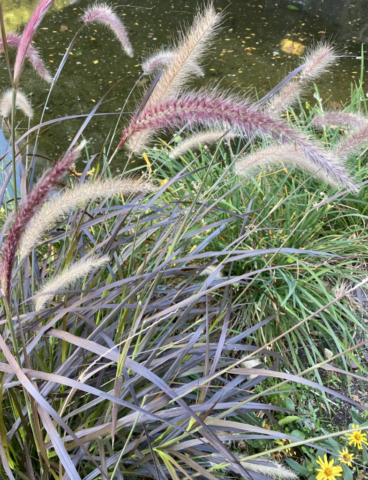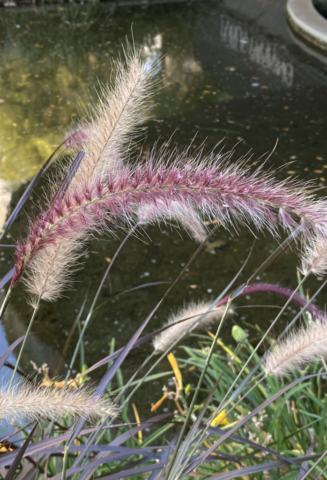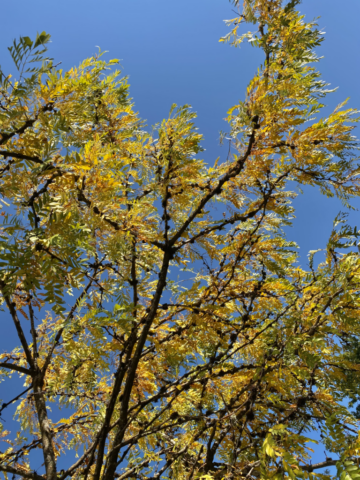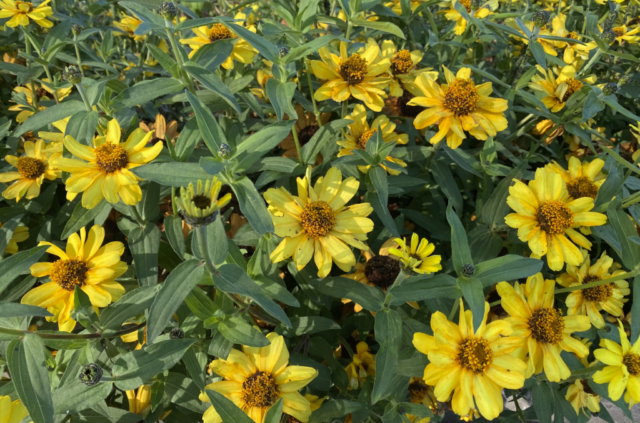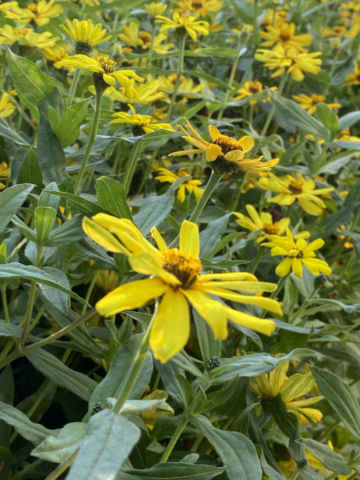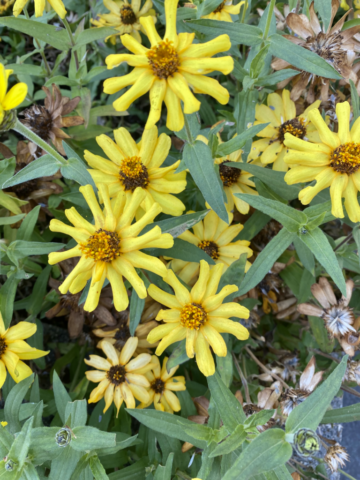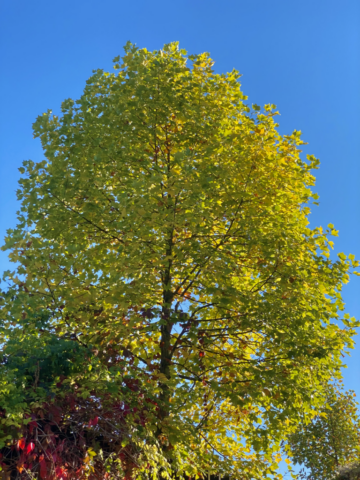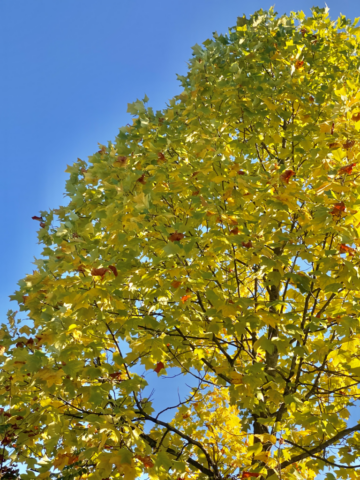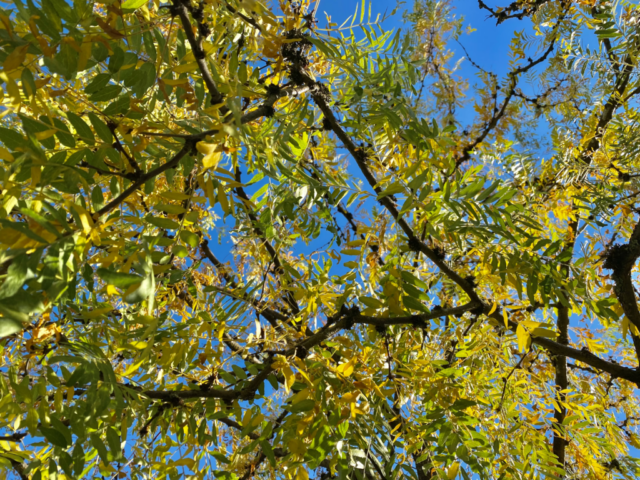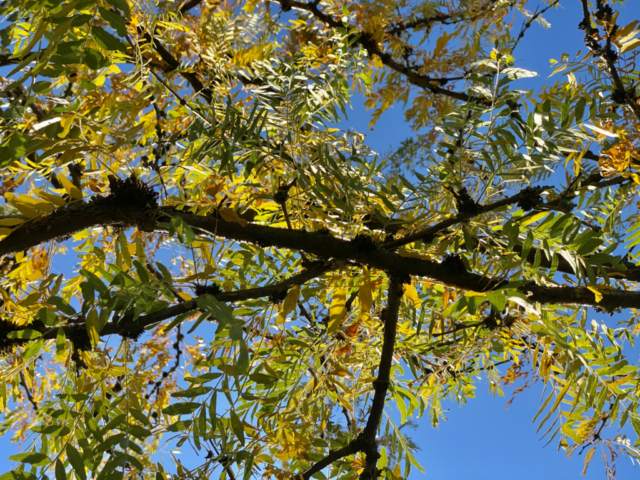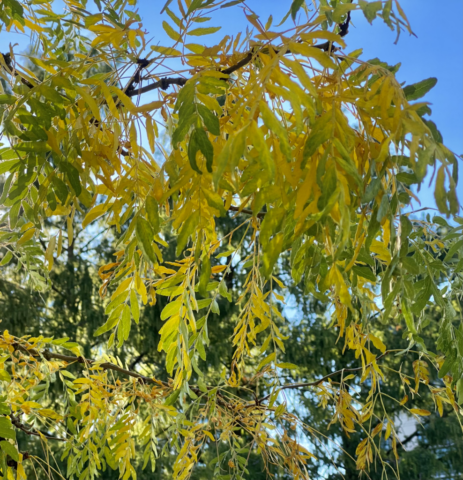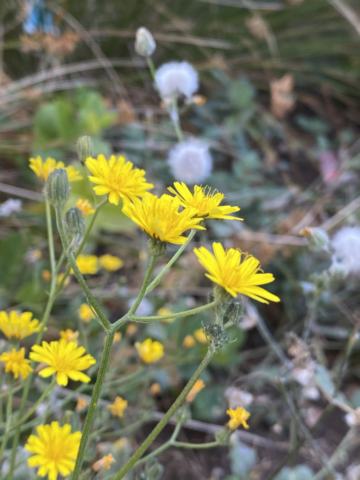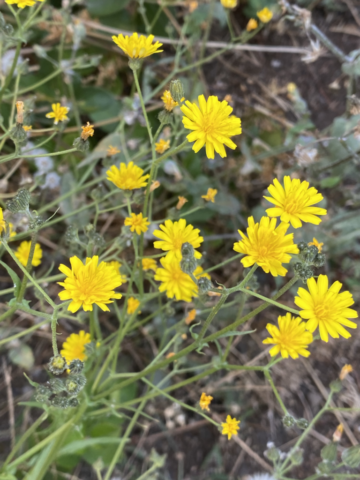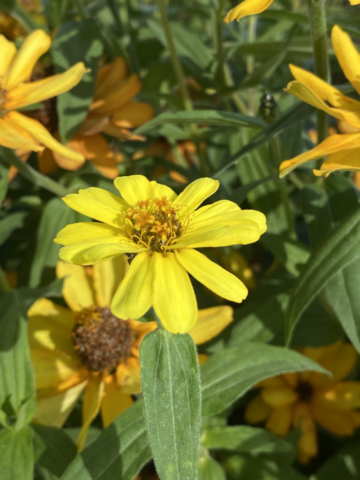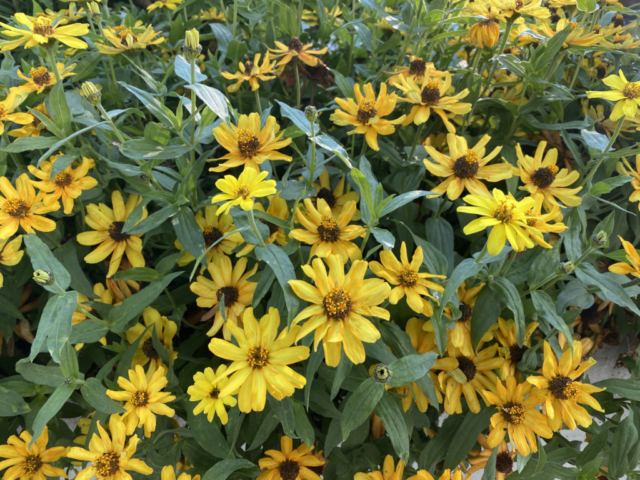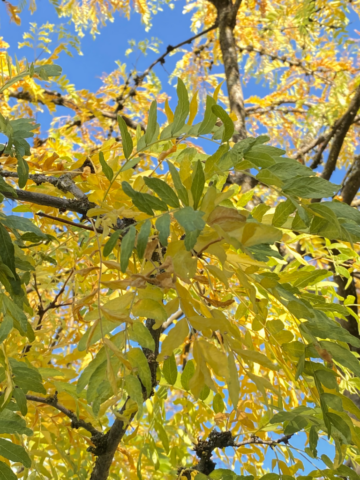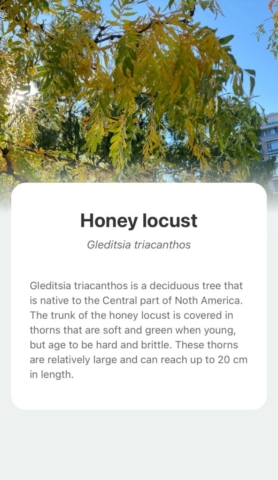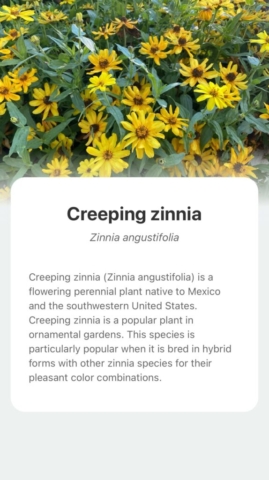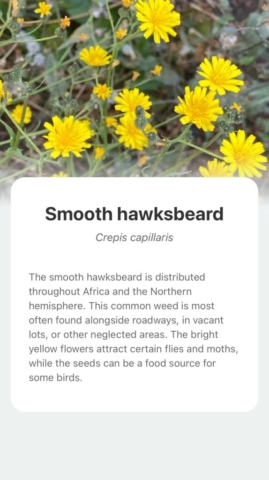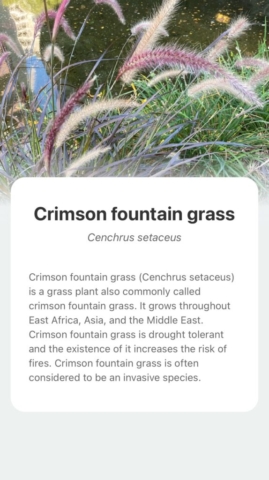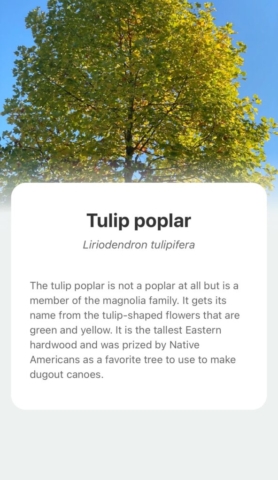Honey locust
Gleditsia triacanthos
Gleditsia triacanthos is a deciduous tree that is native to the Central part of Noth America. The trunk of the honey locust is covered in thorns that are soft and green when young, but age to be hard and brittle. These thorns are relatively large and can reach up to 20 cm in length.
Creeping zinnia
Zinnia angustifolia
Creeping zinnia (Zinnia angustifolia) is a flowering perennial plant native to Mexico and the southwestern United States. Creeping zinnia is a popular plant in ornamental gardens. This species is particularly popular when it is bred in hybrid forms with other zinnia species for their pleasant color combinations.
Smooth hawksbeard
Crepis capillaris
The smooth hawksbeard is distributed throughout Africa and the Northern hemisphere. This common weed is most often found alongside roadways, in vacant lots, or other neglected areas. The bright yellow flowers attract certain flies and moths, while the seeds can be a food source for some birds.
Crimson fountain grass
Cenchrus setaceus
Crimson fountain grass (Cenchrus setaceus) is a grass plant also commonly called crimson fountain grass. It grows throughout East Africa, Asia, and the Middle East. Crimson fountain grass is drought tolerant and the existence of it increases the risk of fires. Crimson fountain grass is often considered to be an invasive species.
Tulip poplar
Liriodendron tulipifera
The tulip poplar is not a poplar at all but is a member of the magnolia family. It gets its name from the tulip-shaped flowers that are green and yellow. It is the tallest Eastern hardwood and was prized by Native Americans as a favorite tree to use to make dugout canoes.
